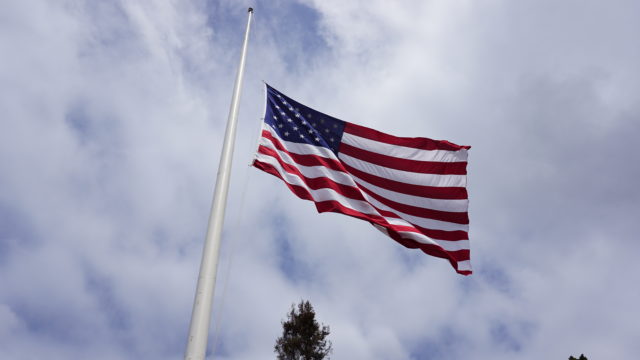Waiting Periods
Waiting Periods
What does this solve?
A waiting period law requires a certain number of days to pass between the purchase of a gun and when the buyer can actually take possession of that gun. This creates a buffer between someone having a suicidal crisis and access to a gun.
Creating a buffer between someone having a suicidal crisis and access to a gun can be the difference between life and death. Waiting period laws require gun buyers to wait until a certain period of time has passed before they are able to access a gun they have purchased.
Myth & Fact
Myth
Suicide is inevitable.
Fact
Suicide can be prevented. In fact, the vast majority of people who survive a suicide attempt do not go on to die by suicide. Most people who attempt suicide do not die—unless they use a gun. Across all suicide attempts not involving a firearm, 4% will result in death. But for gun suicides, those statistics are flipped: about 90% of gun suicide attempts end in death.
Featured Resources

Gun Suicide in Cities: The Lesser-Known Side of City Gun Violence
Rates of people who die by gun suicide in cities are on the rise, but, until now, a dearth of city-level data leaves it often overlooked.
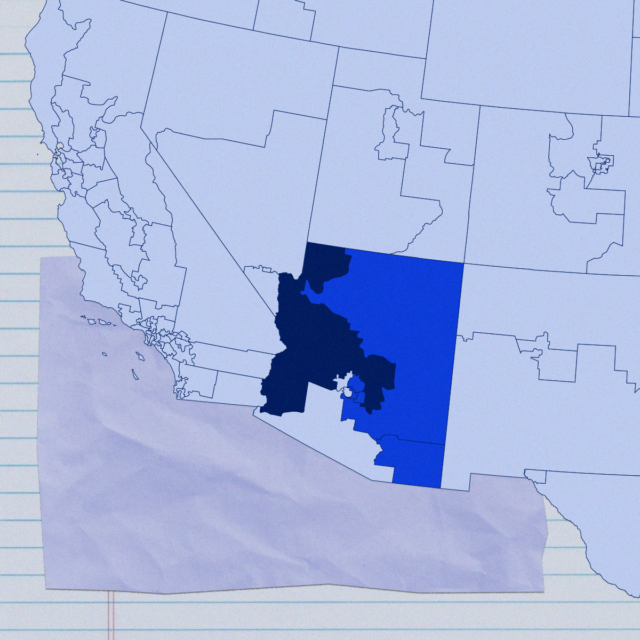
Firearm Suicide By Congressional District
There are 52 firearm suicides on average per congressional district each year, yet there is district-level variation across the country.
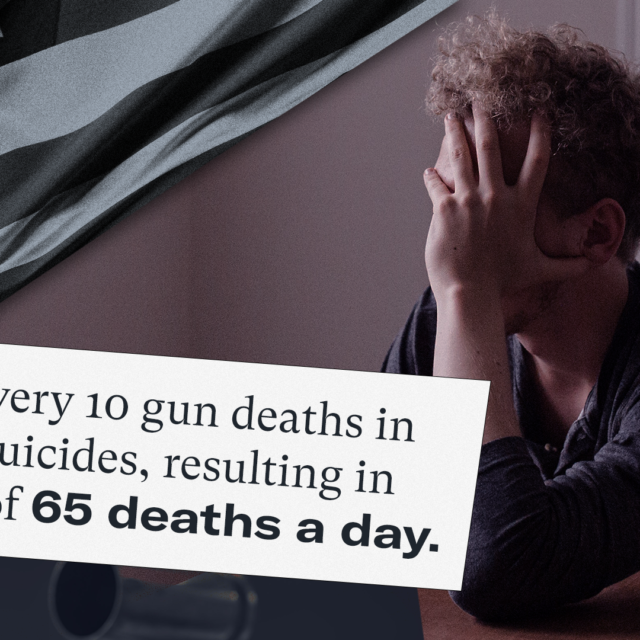
Firearm Suicide in the United States
Firearm suicide is preventable, and addressing it is an essential element of any strategy to reduce gun violence in America.
All Resources
Waiting Periods
All Resources
Two Decades of Suicide Prevention Laws: Lessons from National Leaders in Gun Safety Policy
In order to understand the variability in state-level firearm suicide rates, Everytown has examined the role of state gun safety policies.
Everytown Research & Policy
Suicidio con armas de fuego en las ciudades: El lado menos conocido de la violencia con armas de fuego en las ciudades
Las tasas de personas que mueren por suicidio con armas de fuego en las ciudades están en aumento.
Report
The Rise of Firearm Suicide Among Young Americans
Firearm suicide is having a devastating impact on American youth, particularly during COVID-19. But suicide can be prevented.
Report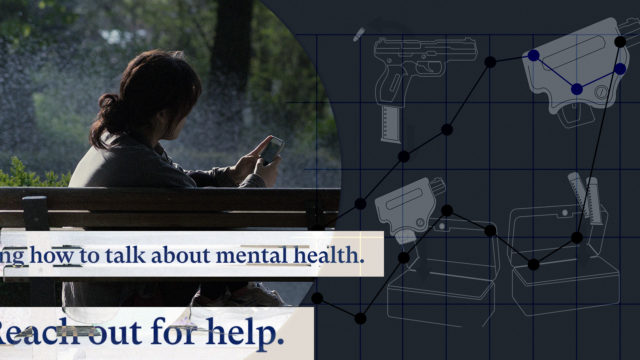
The Danger of No-Questions-Asked Gun Sales Between Strangers
These stories are examples of tragedies that could have been prevented if a background check was required when the shooter bought their gun.
Fact SheetUpdate Background Check Laws
Updating federal and state laws to require background checks on all gun sales is a common-sense way to keep guns out of the wrong hands.
Fact Sheet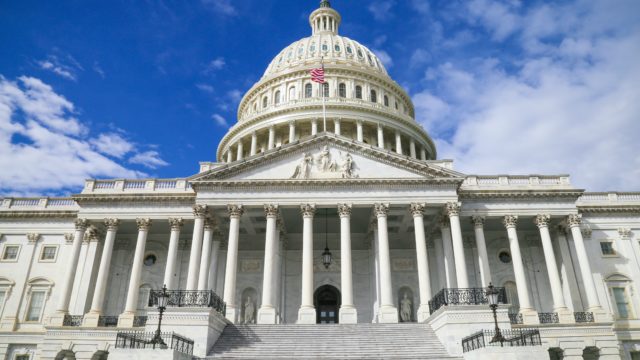
Those Who Serve: Addressing Firearm Suicide Among Military Veterans
Our country’s veterans are at a heightened risk of suicide, and firearms are the prevailing method of suicide among veterans.
Fact Sheet